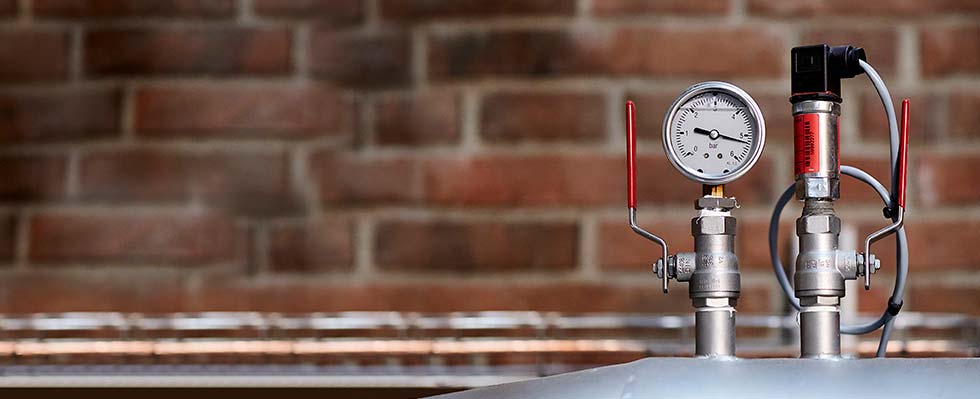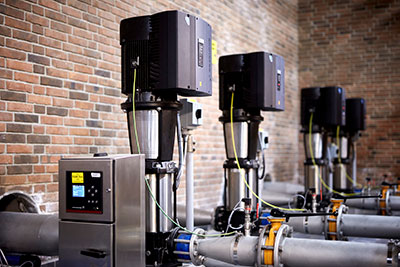
Throughout the entire water cycle, pressure plays a key role in ensuring an efficient, reliable and sustainable water supply. Yet, for decades, efficiently managing water pressure has been a challenge that many have struggled with in the water industry.
Too often, the pressure in large parts of water distribution networks is much higher than needed to ensure that even the most remote user receives a minimal level of pressure. When there is this high level of pressure in the network, users will inevitably experience an increase in water loss and service breaks. These high-pressure issues result in several network challenges:
- high-energy consumption
- water hammer and cavitation
- pressure peak-damaged pipes
- major pressure peaks overlooked due to limited frequency in pressure monitoring
- expensive downtime of the system due to unpredicted maintenance
To overcome these challenges, an increasing number of OEMs and water utilities are using pressure sensors and variable speed drives to improve the performance of pump applications and booster pump systems.

A 2013 global study from Coombe Abbey, Warwickshire on water distribution systems reveals key facts about the benefits of working intelligently with pressure management. On average across 112 pressure zones in 10 different countries, pressure in the pipe systems was reduced by 38%, which decreased new breaks by 53%. Among other benefits with better pressure control was a typical 38% water-leakage reduction, an extended asset lifetime for piping and fewer network-related complaints. At the same time, energy consumption was reduced by 20% to 40%, leading to cost reductions for water utilities. The results of this study stressed the importance of how components, like pressure sensors and variable speed drives, are key to reducing water and energy loss throughout the whole water cycle.
Control the Pressure With Smart Technology
By managing water pressure using smart technology like pressure sensors and variable speed drives, waterworks can reduce water loss and ensure a more efficient water supply resulting in:
- reduced water loss through leakages
- minimized risk of water hammer
- fewer new leaks in the system
- less downtime and consumer disruption
- minimum risk of water contamination
- energy savings
Electronic pressure transmitters prevent problems with pressure peaks. It can be relatively costly for water distribution suppliers to place transmitters far away from the waterworks, as they need electricity and data connection.
For this reason, some water utilities choose battery-powered pressure transmitters with a wireless signal. However, to prevent the batteries from running flat too fast, the transmitters are set to send data signals only twice or four times every hour.
The problem with this way of collecting data is that major pressure peaks in the system are overlooked – potentially damaging the system. More and more of these water utilities are now realizing that electronic pressure transmitters with real-life monitoring allow for instant action. And that electronic pressure transmitters pay in the long run—even though the initial costs are higher.

